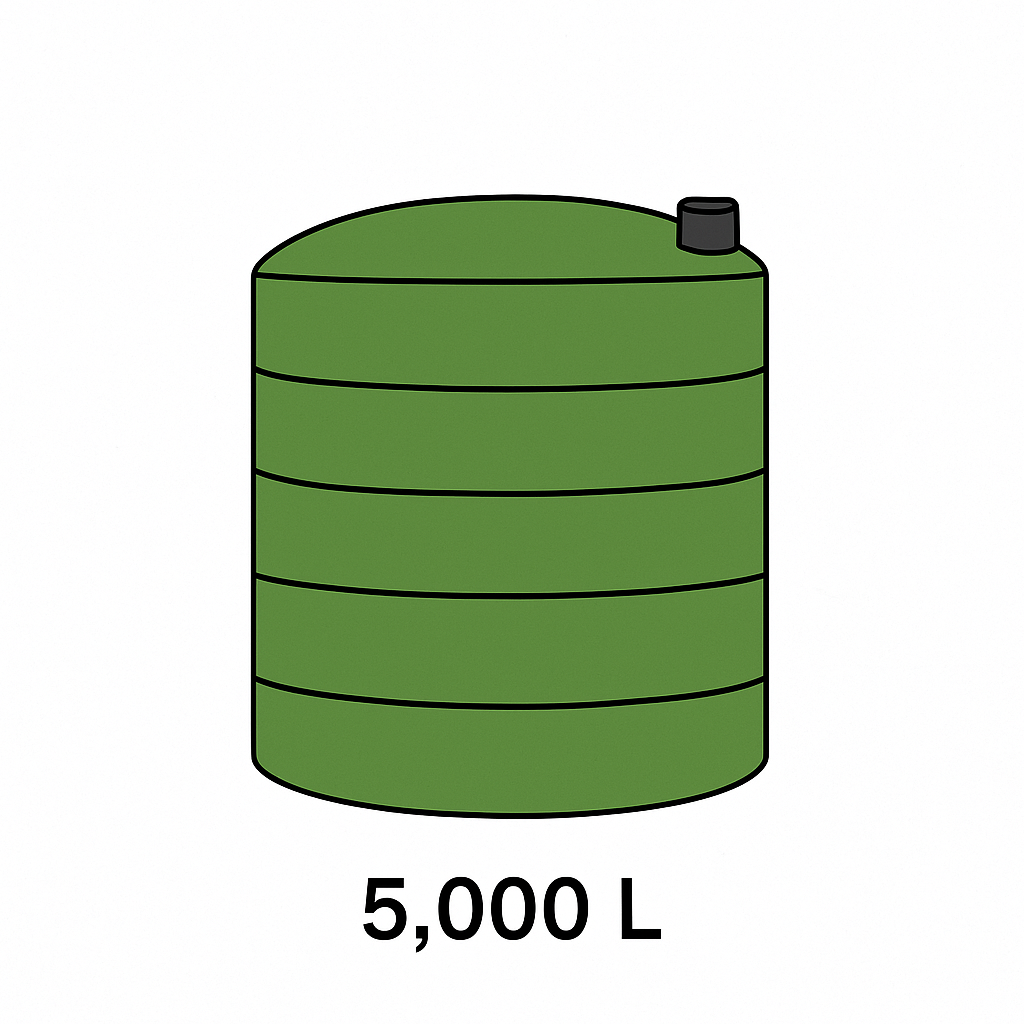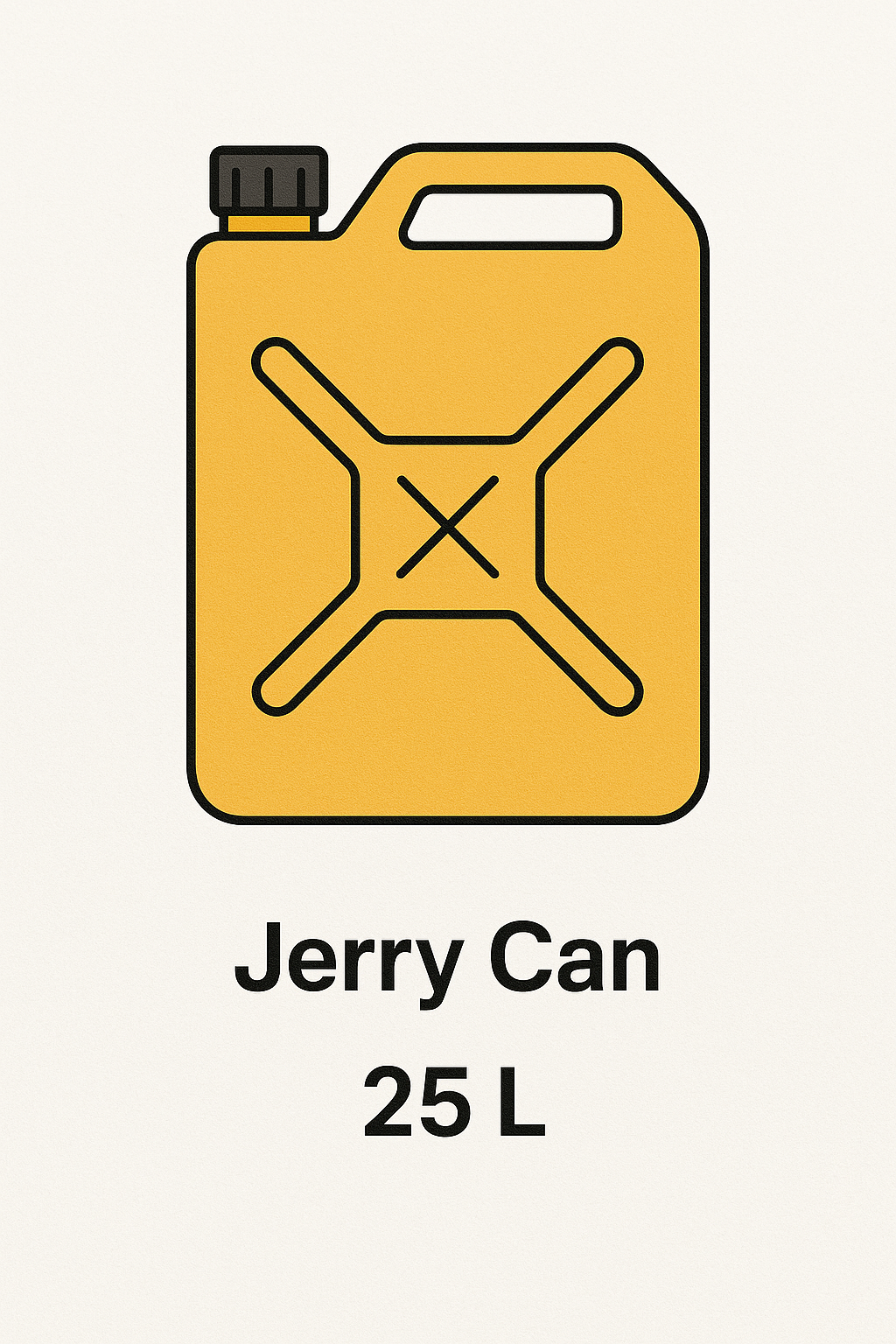Shopping cart
Hello There!
Welcome to GattPrep, your Guide for Life and Learning
Have you ever filled a water bottle, measured ingredients for cooking, or checked the size of a fuel tank? In all these activities, you are dealing with capacity — the amount of liquid a container can hold.
Capacity is all around us. Knowing how to measure and calculate it accurately helps us make smart choices in daily life, from buying the right amount of milk to filling a swimming pool!
Capacity measures the volume of liquid that a container can hold. It is different from weight (mass) — capacity is about space, not heaviness.
Example: A big plastic drum can hold 100 litres of water. That number (100 litres) tells us the capacity — how much space is inside for the water.
In the metric system, the main units of measuring capacity are:
| Unit | Symbol | Relation |
|---|---|---|
| Millilitre | mL | 1,000 mL = 1 L |
| Litre | L | 1 L = 1,000 mL |
| Cubic centimetre | cm³ | 1 cm³ = 1 mL |
Knowing how to convert between litres and millilitres is very important.
Formulas:





Example 1: Convert 6.75 L to millilitres.
Solution:
Multiply by 1,000:
Example 2: A container has 3,200 mL of water. Express this in litres.
Solution:
Divide by 1,000:
Example 3: A barrel can hold 180 litres of oil. How many millilitres is that?
Solution:
A family buys a 15,000 L water tank. They use 800 L of water every week. After how many weeks will the tank be empty?
2000 ÷ 250 = 8 bottles
Approximately 19 weeks.
In this lesson, we explored what capacity is and how it is measured using litres (L) and millilitres (mL). We practised converting between units, solving real-world problems, and thinking critically about measurements in daily life. Always remember that 1 L = 1000 mL, and 1 mL = 1 cm³.
How would you explain to a younger sibling the difference between mass (weight) and capacity (volume)? Why is it important to measure liquids accurately?